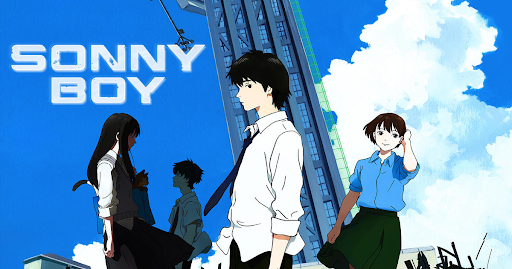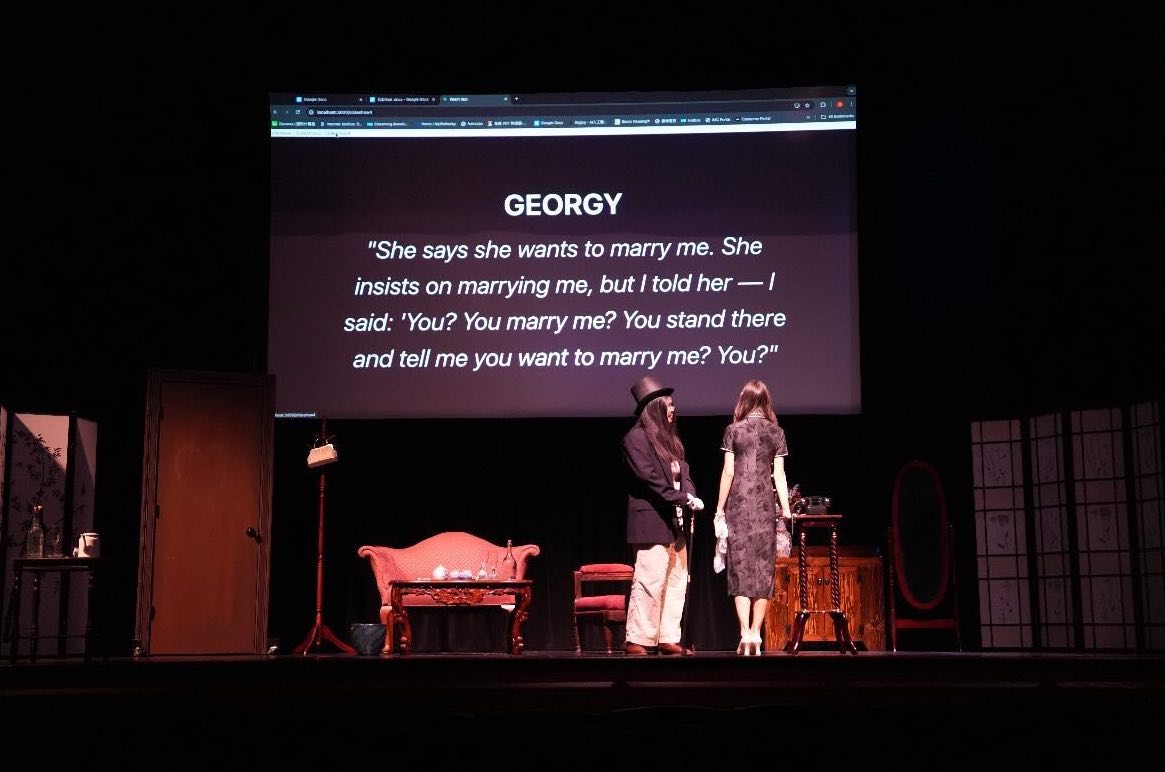Like any other media forms, we can sort anime into categories: adventure, romance, thriller, etc. There are those that are highly engaging, like “Demon Slayer”; those that gained popularity by building up a concrete worldview, such as “Tokyo Ghoul”; or, like “Natsume’s Book of Friends,” simply soothing slices of everyday life.
“Sonny Boy,” released in late July of this year, however, stands alone. The plot summary provided on Hulu is stereotypical: “It’s an ordinary summer vacation … except for the fact that Nagara’s high school has mysteriously drifted into another dimension.”
I immediately recalled similar ones that I had watched, with the character’s regular life getting distorted, either trying to restore normalcy or restarting a life in the new world. It gets old. Since it was a Madhouse studio, creators of “Death Note” and “No Game No Life,” work, I pushed past my doubt and gave it a try.
What first caught my attention was the sometimes highly saturated, sometimes monochromatic background and impasto style of the densely packed clouds. In parallel to this visual stillness, there is a lack of background music in the first episode, only the occasional conversation and cicadas chirping. All these details imply the dilemma the students are in. Unable to return to their original world, they are trapped in this fictional setting where the entire order structure and common senses are foreign.
The perspectives, in comparison, are dynamic. When students are exploiting their superpowers and causing destruction, a fish-eye lens is applied to the scene, making the three dimensional space warped and body dimensions distorted. When there is a close conversation between the main characters, Nozomi and Nagara, the camera zooms in and concentrates on Nozomi’s eyes, mouth and finger gestures, allowing the audience to capture the observant and lighthearted features of the character.
Interestingly enough, the anime chooses high school students for its main characters. A period of sensitivity, reflection, imitation and naive arrogance; high school is when children endure the metamorphosis from adolescence to adulthood. In the anime’s setting, the students are freed from authoritative control and moral obligations and also granted unlimited superpowers. Like “Lord of the Flies,” “Sonny Boy” conducts a social experiment where the once implicit conflicts, such as the struggle between individuality and majority will, emotions and rationality and the negative influence of rumors and doubts, are explicitly exposed and dramatized.
The plot twists with charismatic characters. Nozomi is the outlier that refuses to surrender to the popular vote. Nagara, the commoner, shows no interest in power and status. Cap is the puppet that gets drowned in vanity and self-appreciation. Hoshi is the manipulator that justifies his greed for common well being. Rajdhani is the scientist that seeks mathematical deductions to unknown phenomena … “Sonny Boy” doesn’t just spit out adjectives or long, dull speeches at the audiences. Instead, it knits patches of details together to shape roundly developed characters, intense plotlines and a fantasized world that overlaps with reality.
The world of “Sonny Boy” is like a colorful goldfish bowl, where the characters resemble fish within, and the audiences are the observers, or vice versa. A bowl with different types of fish will lead to vibrant reactions — some cooperative, some with irreversible consequences. However, no matter how fierce the action is within, to the outside, it will always remain a small bowl standing still on the table.
Young girls and boys are still floating. Who knows where they will head towards?







